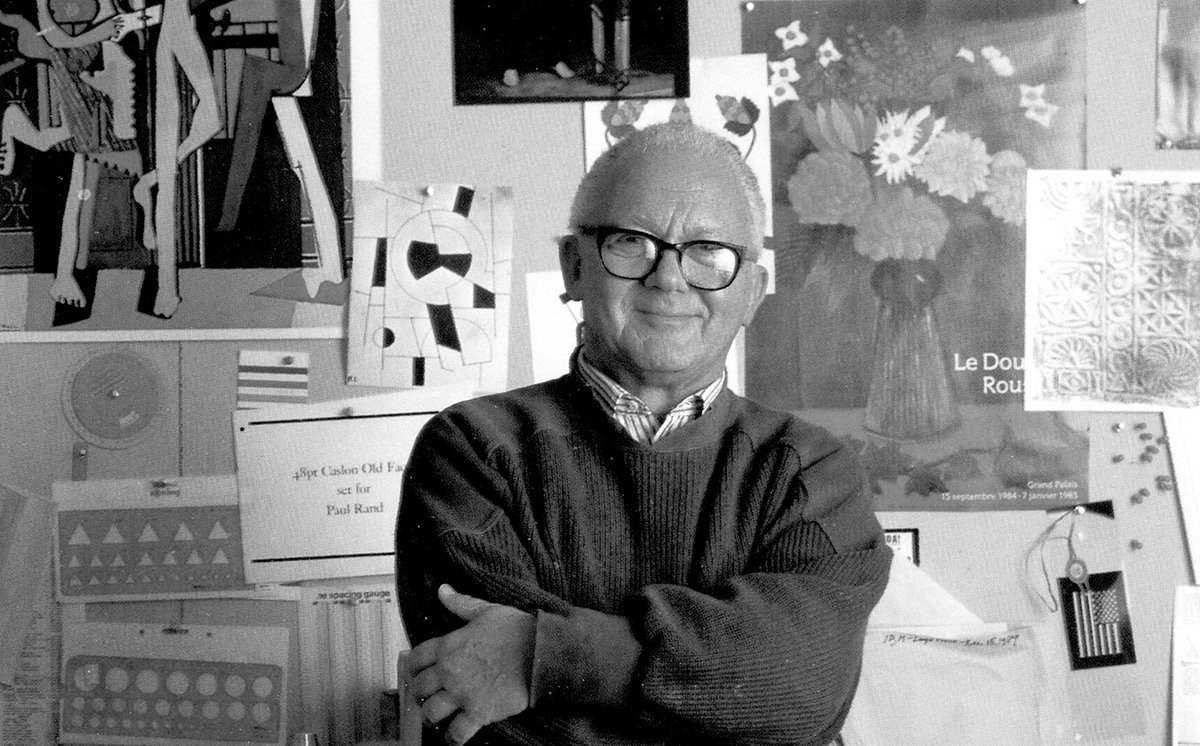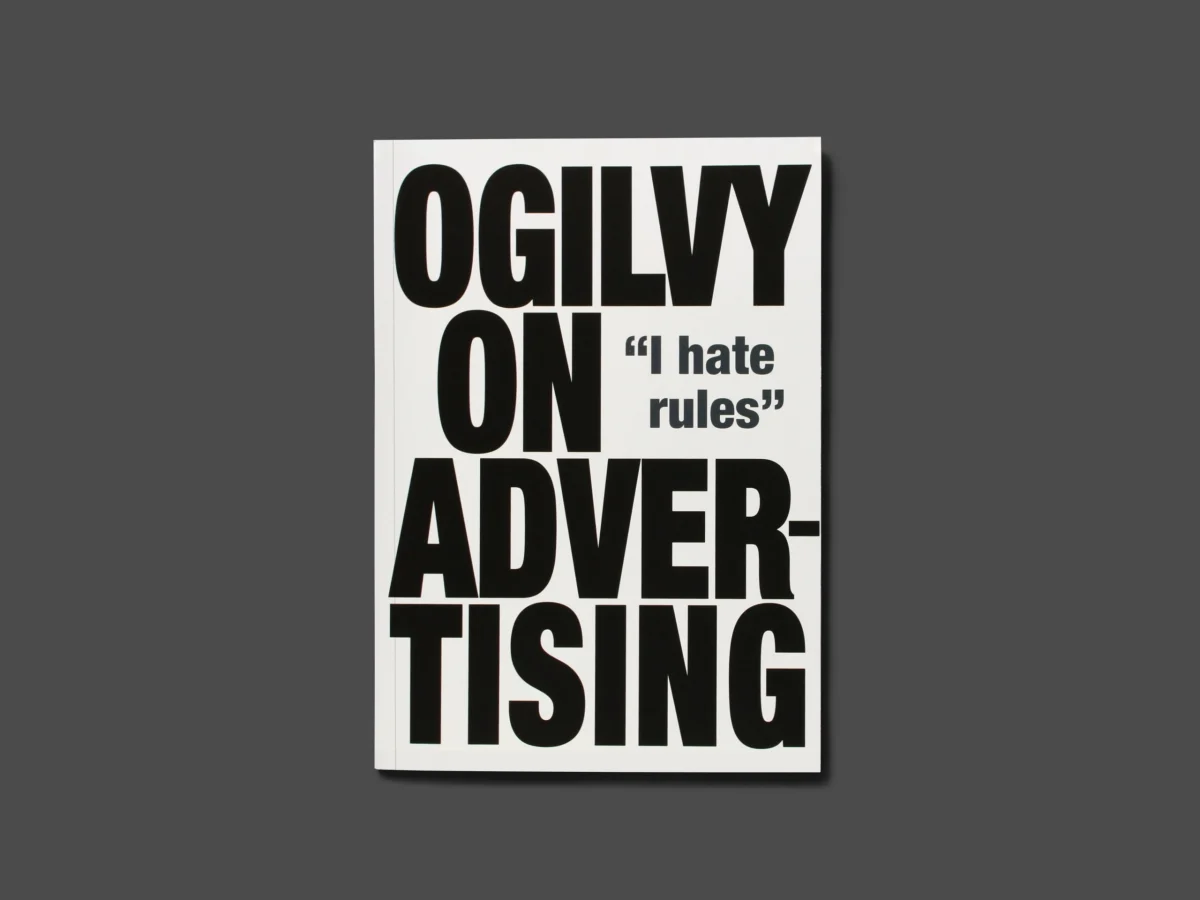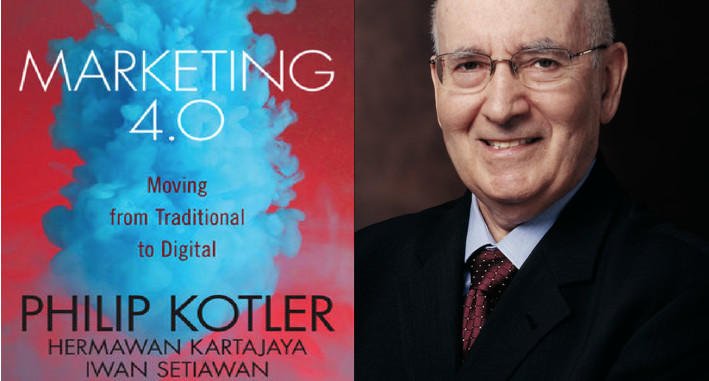In Thoughts on Design, Paul Rand argues that good design transcends superficial aesthetics, embodying purpose and relevance. A groundbreaking figure in modern graphic design, Rand’s philosophy encourages designers to view their work not merely as a visual product but as a powerful medium for communication. From billboards to birth announcements, he suggests, all visual communications should be seen as an “integration of the beautiful and the useful,” where beauty and utility are mutually generative and inextricably linked.
Beauty as Utility
Rand believed that beauty was rarely an end in itself, citing the stained-glass windows of Chartres, the Parthenon, and the Pyramids as examples of how visual beauty served a functional purpose. These structures weren’t designed solely for admiration but to evoke a specific experience in their audience. The decorative aspects of Gothic cathedrals, for instance, invited worshippers to enter, while the intricate rose windows inside set a spiritual tone. This view, which merges aesthetic and function, endures in today’s design philosophy, prompting us to ask not only “Is it beautiful?” but “Is it relevant?”
The Designer’s Journey: Observation and Response
According to Rand, great design doesn’t spring from preconceived notions but from “careful study and observation.” Designers are encouraged to approach projects without fixed ideas, allowing their ideas to be shaped by the environment and the demands of the task. This process-driven approach positions design as a response to three classes of materials:
- The Given Material: The actual product or concept, including elements like slogans, logos, and media.
- The Formal Material: The foundational design elements—contrast, color, proportion, texture, and more.
- The Psychological Material: The perceptual, instinctual, and emotional responses of both the audience and designer.
These materials form the core of any design project, guiding the designer through a reflective and adaptable creative process.
The Power of Universally Comprehensible Symbols
In the pursuit of effective visual communication, Rand highlights the importance of creating symbols that do not simply look appealing but perform a function. He champions the idea that symbols should translate abstract ideas into universally comprehensible visuals, reaching audiences across cultural and linguistic boundaries. This principle calls designers to look beyond the literal, seeking instead to capture the essence of an idea in a form that resonates globally.
However, Rand warns that unimaginative design is often not a matter of uninteresting content but rather poor interpretation. A lack of creativity and insight can lead to “trite ideas” and uninspired solutions that fail to make an impact. For him, great design lies in discovering and translating abstract ideas with originality and depth, elevating the ordinary into something memorable.
Creating Meaningful Visual Statements
Rand also draws a clear distinction between mere illustrations and true visual statements. Literal descriptions may convey reality, but without aesthetic judgment, they risk becoming intellectually bland and visually uninspired. In contrast, visual statements that seek to express the essence of an idea—combining function, fantasy, and analysis—are not only unique but also memorable. This approach aligns with his broader vision of design as a tool for communication, one that stimulates thought and resonates with viewers on a deeper level.
Raising Aesthetic Standards
Recognizing that people often find comfort in the familiar, Rand cautions designers against catering to “bad taste.” While it might be tempting to play to mediocrity for broad appeal, Rand argues that doing so perpetuates low standards and misses an opportunity to uplift public taste. By offering audiences meaningful and aesthetically enriching designs, designers contribute to an accessible yet profound avenue for aesthetic development, which ultimately enhances the viewer’s experience and understanding.
Paul Rand’s Thoughts on Design challenges designers to approach their craft as a blend of art and problem-solving. At its core, his philosophy is a reminder that “it is not what it looks like but what it does that defines a symbol.” By balancing beauty with utility, relevance with originality, and purpose with aesthetic sophistication, designers can create work that is not only beautiful but also functional, universal, and transformative.
In Thoughts on Design, Rand distills a timeless message: design that is merely attractive is not enough; design must engage, inspire, and, above all, be meaningful. Through his words, he urges designers to push boundaries, elevate standards, and embrace the responsibility of shaping how people perceive the world around them.








